Significance
Chiayi Cheng-Huang Temple is an official City God temple and a center of local faith. It is also the only temple in Taiwan with a county-level City God who possesses the honorific “Prefectural Capital City God” title, which is to express people’s respects to the guardian of the Chiayi area. The temple’s present-day structure is the work of master architect Wang Jin-mu (1909 – 1996) of Xidi Village in Quanzhou, China. Not a single nail was used in the construction of the worship pavilion’s octagonal caisson ceiling, the entrance to the main hall, or the corbelled brackets. Instead, they were built using mortise and tenon joinery. The interior is filled with culturally important works including woodcarvings, paintings, and pottery statues. The Koji pottery masterpieces, the result of a competition between two masters, are particularly notable for allowing the best characteristics of two different schools to be displayed simultaneously. The City God Temple also has Taiwan’s only eight-lion palanquin, also built using mortise and tenon joinery. The workmanship on the wood palanquin with its three-layered carvings is magnificent.
History
In the early Qing Dynasty, Taiwan was administered as a prefecture with one capital and three counties. Zhuluo County encompassed Tainan’s Xinshi District along with the northern half of the island. The county seat was located at Zhuluoshan (modern day Chiayi City). In 1704, the town of Muzha, Taiwan’s first township, was founded. In 1715, Zhuluo County Magistrate Zhou Zhong-xuan ordered the construction of the City God Temple. In the years following the temple’s rebuilding in 1765, Taiwan was subject to numerous incidents of civil unrest and anti-Qing rebellions. To appease the public, Qing imperial envoy and viceroy Shen Bao-zhen (1820 – 1879) asked the imperial court to bestow a title on the City God as the City God answered to Chiayi locals’ prayers through fortune-telling and strengthened their faith in defeating the rebellions. In 1875, the Guangxu Emperor conferred the title “Prefectural Capital City God” on Chiayi’s City God. This made him the only county-level City God with an honorific title. He was later given the title “Guardian of Taiwan and the Ocean,” which can be seen on a horizontal inscribed plaque in the temple, after miraculously bringing much needed rainfall to the area. The present-day structure of the City God Temple dates to its 1937 renovation. It is composed of four parts—the Sanchuan Hall, the worship pavilion, the main hall, and the rear hall. The rear hall was later converted into a multistory building. The City God Temple was designated a national historic landmark in 2015.
Special Features
1The “Guardian of Taiwan and the Ocean” Plaque The Chiayi region experienced a severe drought in 1887. Chiayi Magistrate Luo Jian-xiang prayed for rain, but to no avail. At that time, Beigang Chaotian Temple’s Mazu was brought into town during a pilgrimage procession. Luo went to receive her and requested that the procession should join him in prayers for rain at both the City God Temple and Longshen Temple. Within a day, a steady rain had begun to fall. Taiwan Provincial Governor Liu Ming-chuan (1836 – 1896) petitioned the Guangxu Emperor to confer the title “Guardian of Taiwan and the Ocean” upon the City God, and a horizontal inscribed plaque with the title was hung in the main hall to commemorate this miracle.
The Chiayi region experienced a severe drought in 1887. Chiayi Magistrate Luo Jian-xiang prayed for rain, but to no avail. At that time, Beigang Chaotian Temple’s Mazu was brought into town during a pilgrimage procession. Luo went to receive her and requested that the procession should join him in prayers for rain at both the City God Temple and Longshen Temple. Within a day, a steady rain had begun to fall. Taiwan Provincial Governor Liu Ming-chuan (1836 – 1896) petitioned the Guangxu Emperor to confer the title “Guardian of Taiwan and the Ocean” upon the City God, and a horizontal inscribed plaque with the title was hung in the main hall to commemorate this miracle.
2The Worship Pavilion’s Octagonal Caisson CeilingThe worship pavilion’s octagonal caisson ceiling is the work of renowned Quanzhou Xidi master Wang Jin-mu (1909 – 1996). The magnificent ceiling was constructed without a single nail. Instead, mortise and tenon joints were used to hold it together. This ceiling is an example of Wang’s superb craftsmanship. There is a bat at each of the ceiling’s four corners, as the words for “bat” and “luck” are homophones. The ceiling incorporates 108 figurines including Buddhas, fairies, and warrior figurines. Hidden among them are several mustachioed foreign characters attired in suits, ties, and top hats, carrying walking sticks.
3The Koji Pottery Competition Three Koji pottery masterpieces adorn the walls of the temple, two next to the worship pavilion’s decorative friezes (shuǐchēdǔ) and a third under one of the pavilion’s crossbeams. They are the result of a competition between Lin Tian-mu (1912 – 1987), a former apprentice of Taiwan’s first Koji pottery artist Ye Wang (1826 – 1887), and Chen Zhuan-you (1911 – 1981), a disciple of Ang Khun-hok (1865 – 1945; nicknamed Figurine-Hok). Lin and Chen also each completed half of the magnificent Koji pottery frieze that can be found beneath the horizontal inscribed plaque that hangs over the Sanchuan Hall’s crossbeam. The inscription under the frieze bears Lin Tian-mu’s name because his work was judged to be superior by local elders and leaders, earning him a bonus from the temple.
Three Koji pottery masterpieces adorn the walls of the temple, two next to the worship pavilion’s decorative friezes (shuǐchēdǔ) and a third under one of the pavilion’s crossbeams. They are the result of a competition between Lin Tian-mu (1912 – 1987), a former apprentice of Taiwan’s first Koji pottery artist Ye Wang (1826 – 1887), and Chen Zhuan-you (1911 – 1981), a disciple of Ang Khun-hok (1865 – 1945; nicknamed Figurine-Hok). Lin and Chen also each completed half of the magnificent Koji pottery frieze that can be found beneath the horizontal inscribed plaque that hangs over the Sanchuan Hall’s crossbeam. The inscription under the frieze bears Lin Tian-mu’s name because his work was judged to be superior by local elders and leaders, earning him a bonus from the temple.
4The Eight-Lion Palanquin The eight-lion palanquin is displayed on the second floor of the temple. In the past, the City God statue rode in this priceless sedan chair during his outings. It was built and carved out of Alishan poplar wood by twenty Tangshan craftsmen over a two-year period starting in 1916. No nails were used in its construction. The two dragon columns in the front were carved out of solid wood in three concentric layers of open carvings. There are a total of thirty-two carved figures on the palanquin, including civil and military magistrates, cavalry, Generals Fan and Xie (responsible for escorting the spirits of dead to the Underworld), and the Day Patrol Deity and Night Patrol Deity. The workmanship on this piece is extraordinary. This palanquin is the only one of its kind in Taiwan.
The eight-lion palanquin is displayed on the second floor of the temple. In the past, the City God statue rode in this priceless sedan chair during his outings. It was built and carved out of Alishan poplar wood by twenty Tangshan craftsmen over a two-year period starting in 1916. No nails were used in its construction. The two dragon columns in the front were carved out of solid wood in three concentric layers of open carvings. There are a total of thirty-two carved figures on the palanquin, including civil and military magistrates, cavalry, Generals Fan and Xie (responsible for escorting the spirits of dead to the Underworld), and the Day Patrol Deity and Night Patrol Deity. The workmanship on this piece is extraordinary. This palanquin is the only one of its kind in Taiwan.
5Stone Carvings in the Sanchuan Hall
 Stone carvings were added to the City God Temple during the Japanese Colonial Period. The carvings, on either side of the hall’s corridor, are the work of craftsmen Jiang Wen-hua, Jiang Yin-qiang, and Jiang Jin-ji of the Jiang family of Quanzhou’s Huian Township, as well as Shi Tian-fu of Lukang (1911 – 1980). The carvings, titled “Treating a Dragon’s Eyes” and “Treating a Tiger’s Throat” are vivid, dynamic relief works.
Stone carvings were added to the City God Temple during the Japanese Colonial Period. The carvings, on either side of the hall’s corridor, are the work of craftsmen Jiang Wen-hua, Jiang Yin-qiang, and Jiang Jin-ji of the Jiang family of Quanzhou’s Huian Township, as well as Shi Tian-fu of Lukang (1911 – 1980). The carvings, titled “Treating a Dragon’s Eyes” and “Treating a Tiger’s Throat” are vivid, dynamic relief works.
6The Japanese Waka Couplet Koji pottery waka couplets (a type of Japanese poetry) are inset into the sides of the main hall. The couplets date to the Japanese period. Worshippers and local gentry commissioned them to mollify the Japanese colonial government and thus prevent the destruction of the City God Temple.
Koji pottery waka couplets (a type of Japanese poetry) are inset into the sides of the main hall. The couplets date to the Japanese period. Worshippers and local gentry commissioned them to mollify the Japanese colonial government and thus prevent the destruction of the City God Temple.
7The Statue of Zhuluo County Magistrate Zhou Zhong-xuan In the front row of the City God Temple’s shrine stands a statue of a man dressed in the robe and headwear of a Qing Dynasty official. This is Zhou Zhongxuan (1671 – 1763), who served as magistrate of Zhuluo County from 1714 to 1719. During his tenure, Zhou compiled the Zhuluo County annals, provided famine relief, promoted education, built towns, and reduced taxes. He also donated his salary to establish the City God Temple. To commemorate his benevolence, residents commissioned a statue of him for the rear hall. Later on, the statue was moved to the main hall, making it a rare example of the enshrining of a local Qing dynasty official. In 2014, the statue was registered as a Chiayi City historic relic.
In the front row of the City God Temple’s shrine stands a statue of a man dressed in the robe and headwear of a Qing Dynasty official. This is Zhou Zhongxuan (1671 – 1763), who served as magistrate of Zhuluo County from 1714 to 1719. During his tenure, Zhou compiled the Zhuluo County annals, provided famine relief, promoted education, built towns, and reduced taxes. He also donated his salary to establish the City God Temple. To commemorate his benevolence, residents commissioned a statue of him for the rear hall. Later on, the statue was moved to the main hall, making it a rare example of the enshrining of a local Qing dynasty official. In 2014, the statue was registered as a Chiayi City historic relic.
8The Main Hall’s Giant Abacus A giant abacus hangs from a beam in the main hall. The abacus was donated to the temple in 1841 by a worshipper to express his gratitude for the City God’s grace. The abacus symbolizes how the deity tallies up the good and bad deeds of a person’s life, and is intended to dissuade people from committing evil deeds.
A giant abacus hangs from a beam in the main hall. The abacus was donated to the temple in 1841 by a worshipper to express his gratitude for the City God’s grace. The abacus symbolizes how the deity tallies up the good and bad deeds of a person’s life, and is intended to dissuade people from committing evil deeds.
Reminders
Chiayi City God Temple’s liveliest celebration of the year takes place on the second day of the eighth lunar month, the City God’s birthday. The sacrificial ceremony and subsequent parade around the city are a major occasion for Chiayi residents. The festival lasts for seven days.
Panoramic
Directions